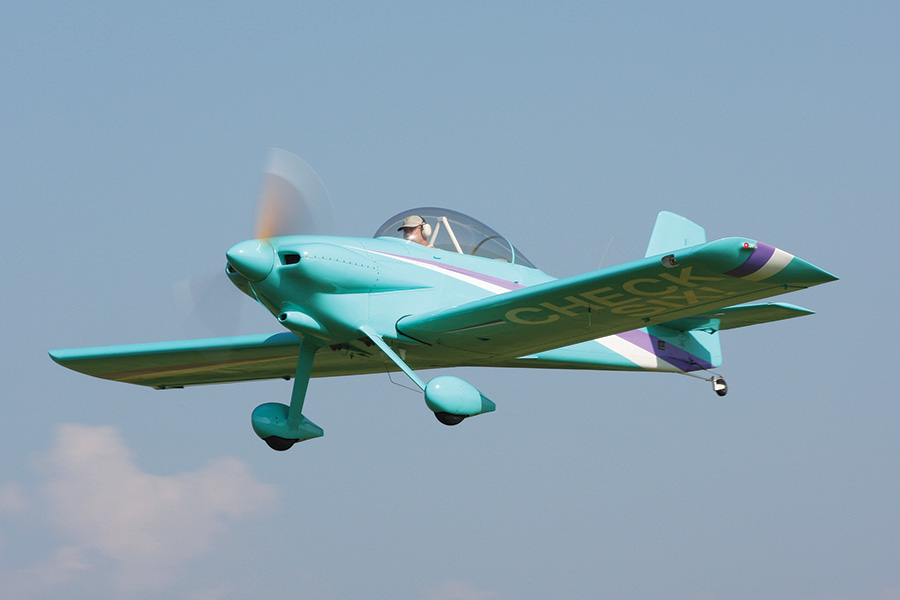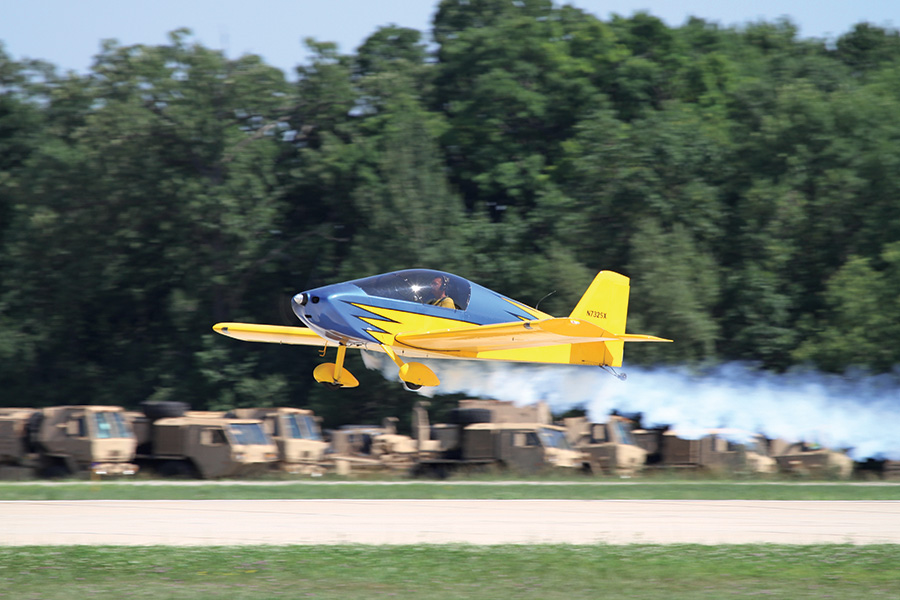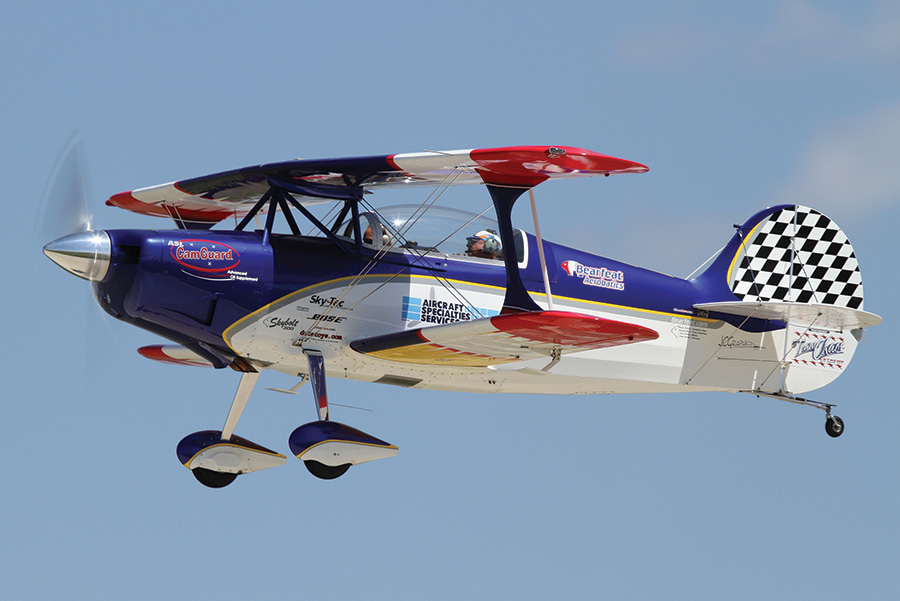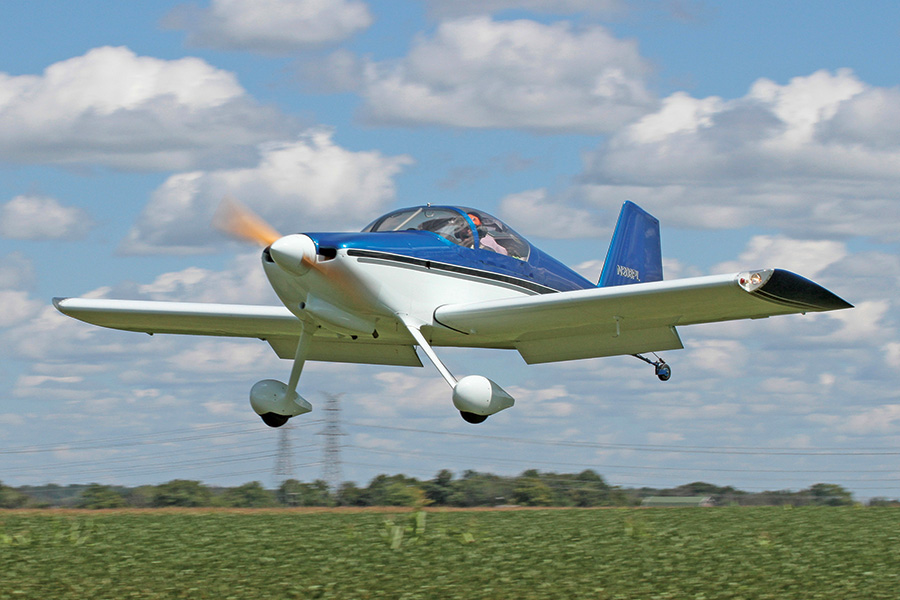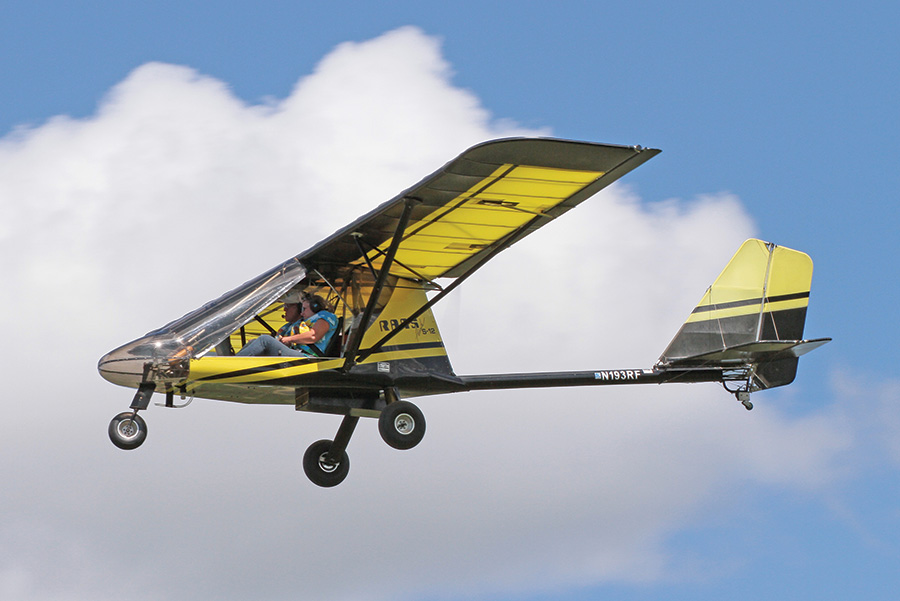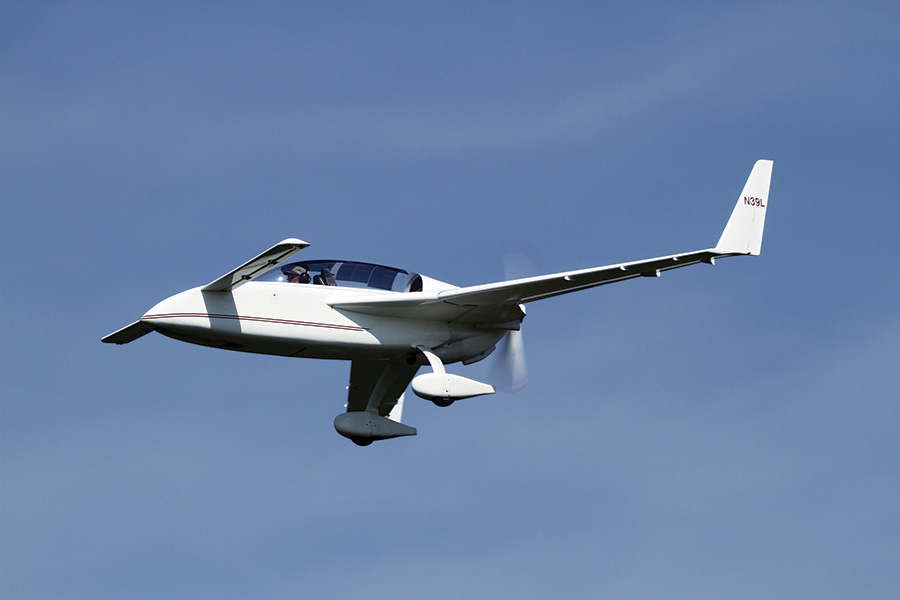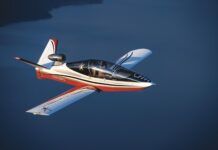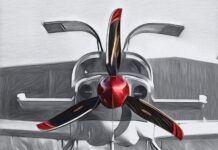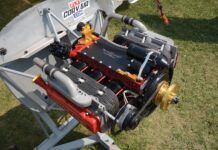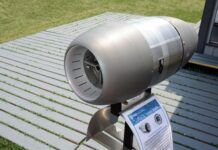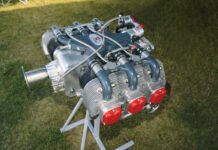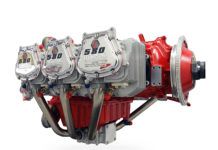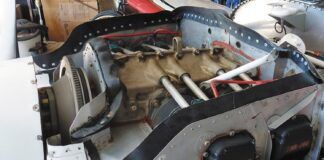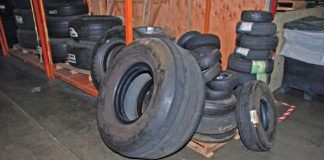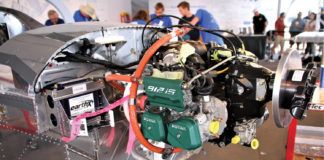Choosing which airplane to build is something deserving of serious consideration. There are so many cool designs and differing capabilities, it can leave you scratching your head. Taking a systematic approach to selection can eliminate the pain and error from the process. Let’s explore what’s involved and how to get off to a good start.
Before we talk about what to build, we need to understand why you would like to build. What are your goals for building an airplane? It’s very important that you are candid with yourself at this stage. Too many folks have rushed into projects without thinking it through, as demonstrated by the plethora of partially completed airplanes out there on the used market.
If you are building only to save money, you may not have the right motivation to actually finish the project. Most homebuilts are only worth the cost of materials, with no consideration for the time invested, thus any savings would be minimal over simply buying a flying example.
To build an airplane you must have a desire to work with your hands and learn. It will take large doses of perseverance and patience to see it through, but you can do it.
This is not to deter anyone from the dream of building an airplane—quite the contrary. But the key to success is having all the information, so you can be adequately prepared. In other words, you need a real-world plan! The rewards will be well worth the effort.
The Basics
No matter what kind of aerial conveyance you seek, there are two fundamental elements for selection that limits virtually everyone: cost and complexity. If you choose a machine beyond your budget, successful completion is unlikely. Similarly, if you opt to build something that is too complicated to build or fly, frustration and abandonment are likely to ensue. Setting good guardrails here will establish the foundation for the remaining decisions.
Mission Capability
So, what do you want to do with the airplane? As you are pondering this very important question, remember this key concept: All airplanes are compromises. The more multifaceted it is, the more you sacrifice in each of the given categories, as compared to a purebred. An extreme example is the various roadable airplane designs. They generally don’t make great road vehicles or great airplanes—rather they do an adequate job of both.
There are some good generalists. The wildly prolific RV series is pretty good at aerobatics, IFR cross-country cruising, and short-field work—but it can’t touch a Pitts, Lancair, or Kitfox in their given specialties.
If you are already flying a similar aircraft, then you are fully aware of what you want or need. But many of us build with a dream in mind. It might be a dream to have the fastest, most efficient airplane on the block, or it might be to carry loads of cargo off a short, unimproved strip, or to fly local aerobatic flights. Take as much time as you need on this question because you need to be as accurate as possible.
Beware of mission creep—the tendency to keep bolting on goodies to expand your airplane’s capabilities. Many builder/pilots have thought, “if I just add this one more component, then I can do this with my airplane.” But pretty soon, their beautiful machine can be overweight and over budget. In my case, I equipped my aircraft for IFR, but in three years of flying it, I have yet to file an IFR flight plan.
Research
Like virtually every aspect of construction, determining what to build requires research to obtain a good result. As you comb through the myriad of options, your focus should begin to narrow. Before I built my current kit aircraft, I was looking at opposite ends of the spectrum. I started out seriously considering a Pietenpol (plansbuilt). While I still love the classic parasol, I’m happy with my final decision.
A good strategy is to write down what you plan to do with the airplane. Just eyeball it, and then rank each “wish” with a score from 1-10. Refer back to this matrix as you are going through the decision-making process.
Once you have picked which airplane you want to build, you’re done, right? Not so fast! You’ll still have to determine what modifications you might make or options you might add, if any. I don’t recommend any deviations that alter the structure or flight characteristics.
Any changes, however minor, need careful consideration to avoid mission creep and its associated pitfalls. It can be really easy to let your imagination get the best of you, and suddenly, the obtainable becomes the impossible. The little things add up; they take time, money and, in most instances, they add weight, the nemesis of airplane designers.
| RANK | CAPABILITY or ATTRIBUTE |
| 1 | Four Seat Capacity |
| 2 | 1000 nm + Range |
| 3 | Fast Build Option |
| 4 | Short Field or STOL Performance |
| 5 | Construction Type (Metal, Wood-Fabric. Composite, Steel-Fabric) |
| 6 | IFR Capable |
| 7 | 200 mph + Cruise |
| 8 | Taildragger |
| 9 | Two Seat Capacity |
| 10 | Approved for Aerobatics |
Controlling Costs
The budget you establish for your project needs to be carefully thought out. It can be very hard to account for all the unexpected expenses, so you’ll want to take a conservative approach. Over a five-year build, a good deal of money can leak out of your wallet if you aren’t careful. Your budget needs to allow for:
- Purchasing all the components, parts, and supplies needed to finish the project. This includes tools, educational expenses, and consumables.
- Unforeseen expenses. Most builders have to re-order or re-create something that they messed up. Also, there are considerations for modifications or additions that are much easier to do while the airplane is under construction. These will tug at your wallet, which is fine, but don’t go overboard.
- Having enough money after the plane is complete to be able to fly it regularly. This means: insurance, monthly hangar rental, fuel, oil, and maintenance expenses. I have seen a lot of folks finish their pride and joy, only to be forced to sell it due to the realities of biting off more than they could chew financially.
How you accumulate the finances is up to you. Many builders pay for the kit as they are building it, rather than saving up the whole amount and delaying construction. This is obviously a personal decision, but it can be fundamental in selecting the aircraft you choose. Some kits must be purchased in one big lump. On the opposite end of the spectrum is the plansbuilt machine that literally starts with blueprints and raw materials; they are very inexpensive to start, but the trade-off is slow progress and complexity. There are no right or wrong answers, just considerations.
There is one constant in the budgetary arena—it will cost more than you expect. If you don’t like surprises, I would do a very detailed analysis of all the known costs, and then add, say, 15% to that number.
You need to give yourself plenty of room for life to throw you a curve ball. Lots of airplanes went on the market when fuel prices escalated because owners either couldn’t pay or didn’t want to pay for the added hourly expense. Take this into consideration when choosing your mount.
Time Management
Again, you need to be realistic. If you really think you can dedicate 40 hours a week to the project, work full-time, and keep up with family demands, you need to reconsider. Certainly if you are retired or work part-time you can make quick work of most projects out there. In any event, you’ll need to develop a ritual and stick to it. Make building a habit, right from the beginning. Just be sure to temper that with other demands on your time. I found it easy to give up TV and surfing the web in exchange for getting out in the garage and getting my hands dirty, but only after I did it consistently for several months. The key is to do something everyday, even if for just a short time.
One thing that motivated me—silly, but true—was maintaining an online log of my work. I invited friends and relatives to bookmark it so they could see where I was on the project. This provided inspiration, particularly when I received feedback—I couldn’t let my audience down.
You need to be sure to find the balance between burning out, making progress, and not creating collateral damage with the rest of your obligations. Find this happy place and your project will be an experience you’ll cherish for the rest of your life. Fail to heed this warning and you won’t complete it—or worse. Remember, this is supposed to be fun.
Resources
As you move through the various stages of decision-making, you’ll need help. The more help you seek, the better the result. Obviously, the Internet is a great way to fill in the blanks and get information that we could only dream of obtaining a few years ago. Just heed this warning: Some online “experts” are ill-informed at best. Good sources are publications such as this one and the Experimental Aircraft Association (EAA) archives. Most designs have a specific support network you can also tap into for additional help and insight.
Be sure to get out there and talk to people. Seek out other builders and ask lots of questions. Go to events where homebuilders congregate; it is impossible to not come away more informed if you talk to people who have already blazed the trail.
Don’t forget to reach out to companies that will be traveling with you on this journey. These include kit and plans providers, parts suppliers, insurers, and even lenders. You need to view these companies as partners and work with them early and often.
Conclusion
The good news is, we have literally thousands of choices; the bad news is, we have literally thousands of choices! Determining which airplane to build out of all the available options requires a great deal of introspection and self-awareness. The questions you must answer have to be carefully balanced against all of the internal and external variables, and honesty is key.
It is easy to agonize over a decision as immense as this, but it doesn’t have to be a burden. In fact, it can be fun and very educational just going through the process. I promise the time and energy expended will pay off in the long run.

